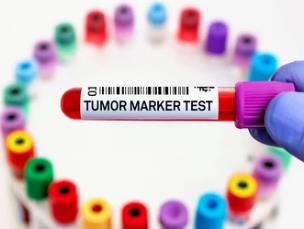Tumor occurrence and progression are considered to be a complex progressive process involving multi-level reactions and accumulation of mutations. In the past few decades, there have been many studies on this topic in the field of oncology. These studies mainly focus on tumor cells, tumor microenvironment, tumor heterogeneity, etc., among which tumor heterogeneity is closely related to the occurrence and malignancy of tumors. Cancer stem cells (CSCs), as one of…
Cancer research
Molecular Mechanism behind MAF Protein Promoting Breast Cancer Metastasis

Breast cancer is the most common type of cancer among women. There are more than 2 million new cases of breast cancer every year. The survival rate of patients is very high, about 90%, when the tumor is still limited to breast tissue; however, when cancer cells spread beyond breast tissue and begin to form metastases in other organs, it significantly worsens the patient’s prognosis and poses great challenges to…
Synaxin-6 Promotes the Progression of Hepatocellular Carcinoma by Activating the USF2/LC3B Axis
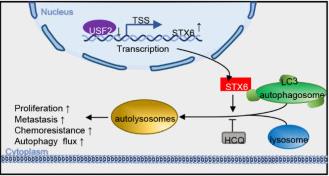
Hepatocellular carcinoma accounts for over 80% of all primary liver cancers and is the fourth leading cause of cancer-related deaths worldwide. The five-year survival rate of hepatocellular carcinoma is only 18%, and the mortality rate is second only to pancreatic cancer. Despite recent progress in radiotherapy, chemotherapy, and surgery, current treatment for liver cancer cannot effectively improve the prognosis of patients. In addition, the characteristic of proliferative hepatocellular carcinoma is…
ACSS2 – A Promising New Anticancer Target
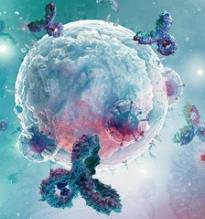
A recent study published in Nature Cancer shows that intervening in the metabolism of acetic acid by cancer cells through ACSS2 is not only an effective approach, but also an unexpected gain! The research team of the Wistar Institute in the United States found that inhibiting ACSS2 in cancer cells can transform cancer cells from consumers of acetic acid to producers, and tumor-infiltrating lymphocytes (TILs), mainly composed of T…
In Situ PEG Modification of CAR-T Cells Can Alleviate Cytokine Release Syndrome and Neurotoxicity
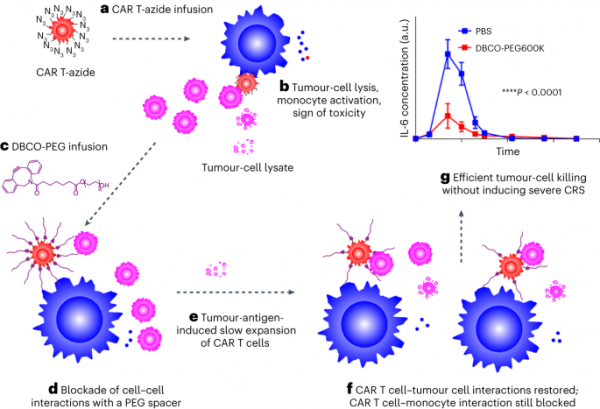
In recent years, cancer researchers have cheered the arrival of chimeric antigen receptor (CAR) T-cell therapy, which has achieved encouraging results and changed the treatment methods of various cancers. CAR-T cell therapy targets cancer cells through genetically modified patients’ T cells, thereby achieving a significant cure rate for previously incurable cancers. Currently, six CAR-T cell therapies have been approved by the US Food and Drug Administration (FDA), and several…
A Novel Mechanism of ID1 Regulation in the Initiation and Progression of Acute Myeloid Leukemia in the Bone Marrow Microenvironment

Wang Lan’s research group of the Chinese Academy of Sciences Shanghai Institute of Nutrition and Health published the research achievement entitled “The cell non-autonomous function of ID1 promotes AML progression via ANGPTL7 from the microenvironment” online on Blood. This study reveals the key role of transcription regulatory factor ID1 in the bone marrow microenvironment in the initiation and progression of acute myeloid leukemia (AML), providing new ideas and strategies for…
TLR9 Agonists Can Act As In Situ Anti-Tumor Vaccines
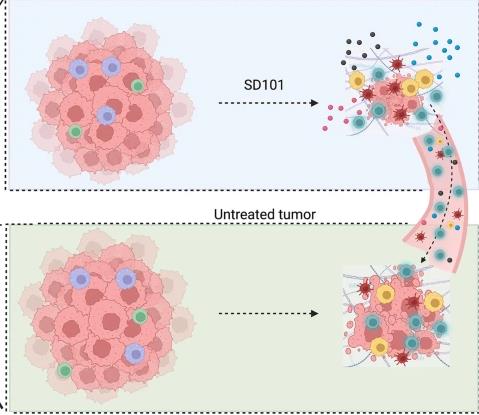
Osteosarcoma (OS) is a highly malignant stromal tumor composed of mesenchymal cells that produce osteoid and immature bone. The peak of incidence is in the second decade after birth. Although relatively rare, the social impact of this type of tumor is particularly relevant. In contrast to cancer, the role of Molecular genetics of Osteosarcoma progression and its special Tumor microenvironment (TME) – bone – remains largely unknown. Although TME…
TRAF2 Is a Potential New Target for the Treatment of Advanced Renal Cell Carcinoma
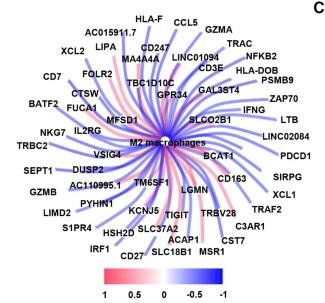
Renal cell carcinoma (RCC) is one of the top ten most common malignant tumors in both males and females worldwide, accounting for 4.2% of all new cancer cases. Clear cell carcinoma of the kidney (Ccrcc) is the most common histological subtype, originating from the proximal renal epithelial tubules and being the cause of most cancer-related deaths. It is difficult to detect early, resulting in approximately 30% of ccRCC patients…
B4GALT1 Promotes Immune Escape in Lung Adenocarcinoma
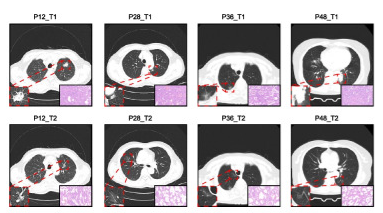
With the popularization of lung cancer screening and the clinical application of computed tomography (CT), the number of detected pulmonary nodules has significantly increased, many of which are adenocarcinoma in situ (AIS), minimally invasive adenocarcinoma (MIA), and invasive adenocarcinoma (IAC). After surgical resection, the 5-year survival rate of AIS and MIA is close to 100%, and the recurrence rate is 0%, while IAC does not have such good survival benefits….
Mutated TG2 Enzyme Promotes the Progression and Diffusion Mechanism of Prostate Cancer
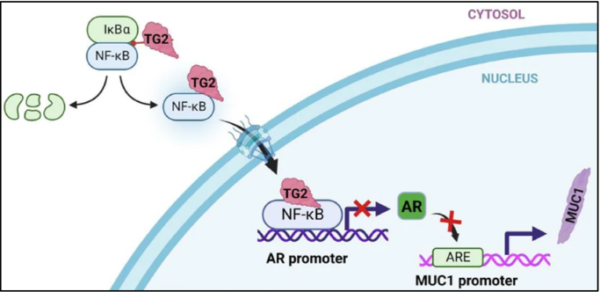
In a new study, researchers from Nottingham Trent University in the UK identified how a specific enzyme plays a key role in making prostate cancer more invasive and difficult to treat. They found that this enzyme, called transglutaminase 2 (TG2), which is abundant in many cells of the body, is responsible for driving the process leading to the progression and spread of prostate cancer. The relevant research results have recently…
